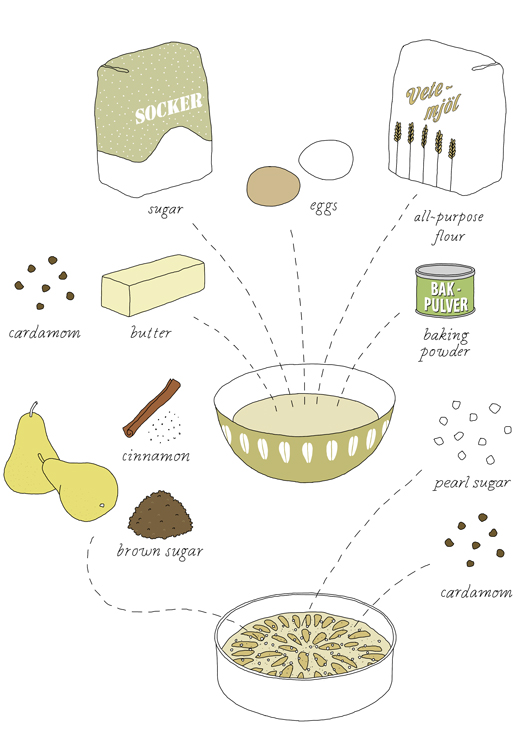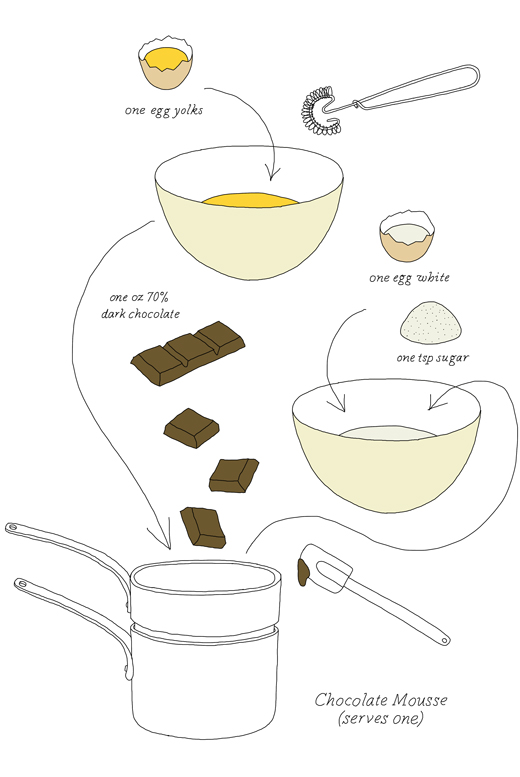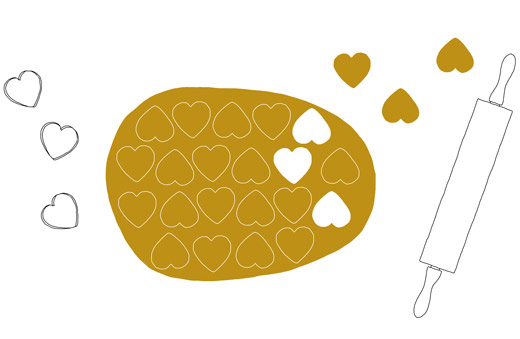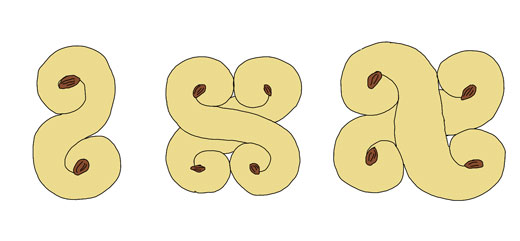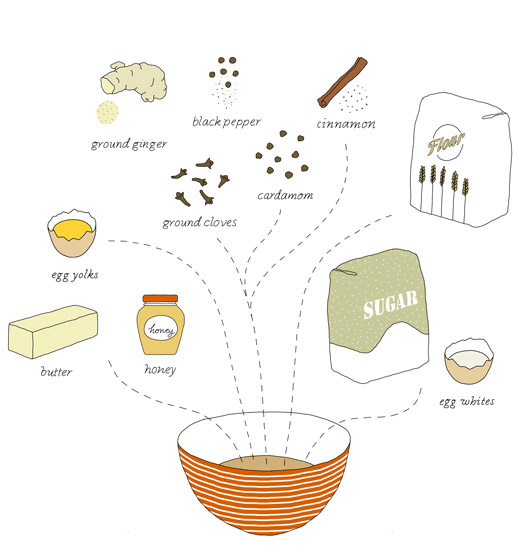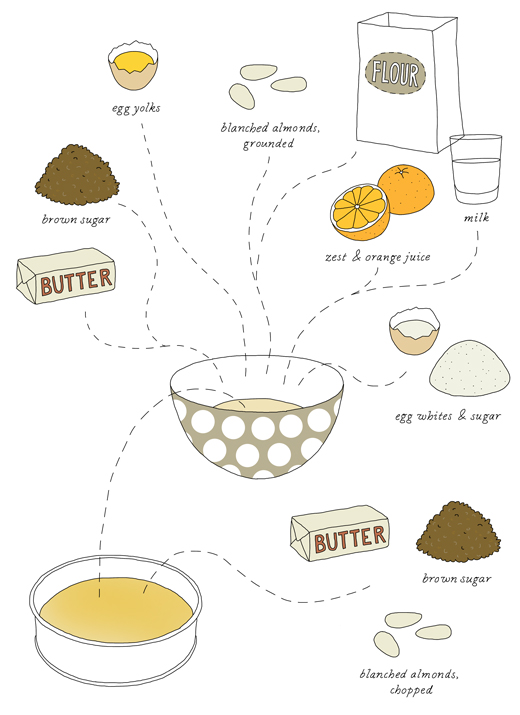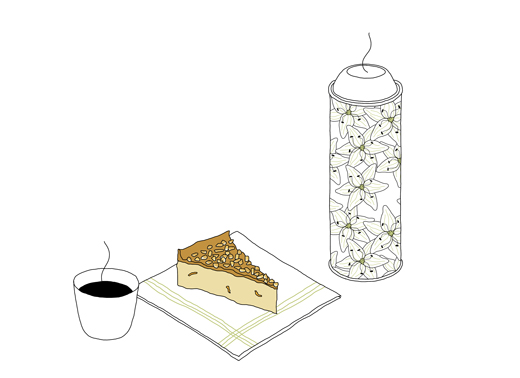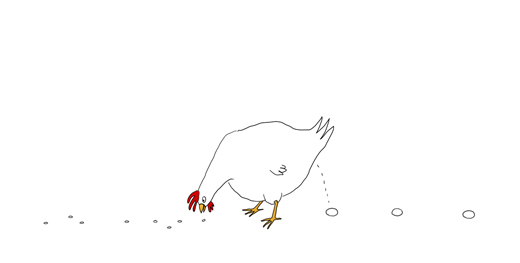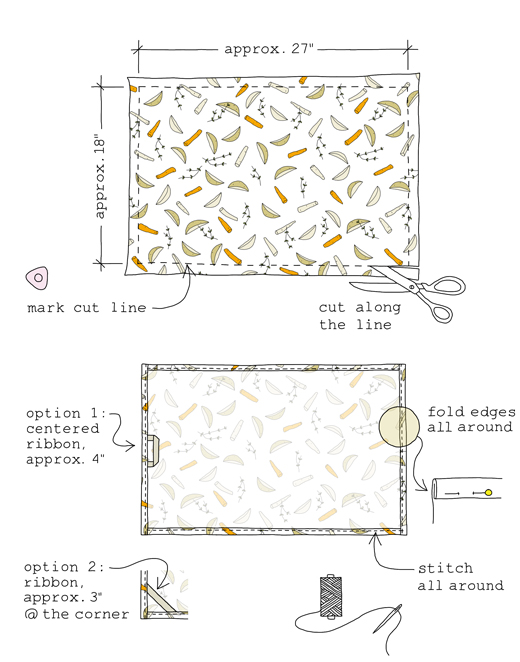Last Saturday I hosted a classic kafferep (Swedish coffee gathering with cakes and cookies) to celebrate the release of my book Fika – The Art of the Swedish Coffee Break. I had such a great time talking cookies and cakes while sipping bubbles (not the usual drink for this kind of party but essential when you need to celebrate). For the party I had baked up a selection of the cakes from the book. For e.g. there were Cardamom buns, Finska pinnar, Syltgrottor, Muskotsnittar, Anis & Hazelnut Biscotti, Hazelnut & Coffee Cake, Almond tart and Sticky Chocolate Cake (my neighbor’s son wanted to move in with me after having his first bite).
During the first week, the book made it into New York Times’ T Magazine (review by Lindsey Tramuta), Huffington Post (review by Alison Spiegel), Eater (review by Kat Odell) and many more. The book was also mentioned in the Swedish evening post Expressen.
I’m super flattered and happy how well our book has been received so far.
Yesterday I decided to make another version of the Swedish classic Fyriskaka. Fyriskaka is traditionally made with apples (recipe in the book) that are coated with cinnamon. In my version below I’m using pears instead of apples. I’m also suggesting a new topping, cardamom and pearl sugar (pärlsocker). If you can’t get hold of pearl sugar I suggest you use brown sugar. Its not the same, but equally tasty).
Fyriskaka with Pear
(adapted from the recipe in Fika by Anna Brones and Johanna Kindvall, page 94)
9 tablespoons (4½ ounces, 128 grams) unsalted butter
1 teaspoon whole cardamom seeds, crushed
3 to 4 medium-size pears (about 14 oz, (400 grams)
1-2 tablespoons brown sugar
2 teaspoons cinnamon
2/3 cup (4 2/3 ounces, 132 grams) natural cane sugar
2 eggs
1 cup (5 ounces, 142 grams) all-purpose flour
½ teaspoon baking powder
topping
1-2 tablespoons pearl sugar (or brown sugar)
1 teaspoon whole cardamom seeds, crushed
Preheat the oven to 350°F (175°C). Grease and flour a 9-inch (23-centimeter) springform pan.
In a small saucepan, melt the butter. Remove from the heat and add the cardamom, then set aside to cool.
Peel the pears and slice them thinly. In a large bowl, mix together the brown sugar with the cinnamon; then add the pears and carefully turn them so that they are evenly coated. Set aside.
In another large bowl, whisk together the slightly cooled butter and cane sugar. Add the eggs one by one, whisking until evenly blended. Sift in the flour and baking powder and stir together carefully until you get a smooth batter.
Spread the batter in the baking pan. Place the pear slices in the batter in a circular formation; the pieces should be close together. Sprinkle the pearl sugar and crushed cardamom on top.
Bake for 30 to 40 minutes. The cake is done when a toothpick or knife inserted into the center comes out clean. Remove from oven and let cool before serving.
*
Want more fika ideas? Click the coffee cup icon here to the left, and you will get several of my other fika related recipes.
Links
Behind the Scenes of the making of Fika
Read also Anna Brones’ version here

